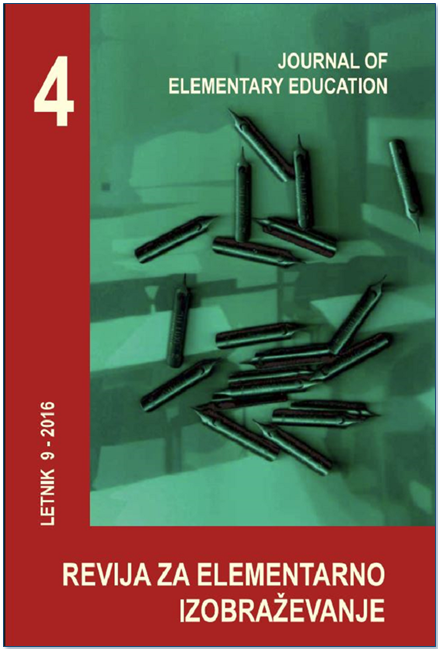Slovenski jezik v sočasnem sporazumevalnem prostoru
Keywords:
sociolinguistics, language dynamics, varieties of language, spoken variants, digital technologyAbstract
The Slovene Language in the Contemporary Communicative Arena. Social change, communicative multiplicity and technological innovation have all created a greater need for increased dynamism and variation in language but also with language. Synchronous communication is based on spoken language, which alters the concept of language standardization and is usually based on the written form. The static, standardized version is losing importance, while social and communicative dynamics create various new language variants; these new versions have major internal subdivisions based on pronounced interference from standard language (geographical dialects), and from the forces of globalization and the complex transactions of language users (social dialects). The colloquial variant of language is visibly expanding into the public sphere. The result is a marked increase in the number of professional designations, which are the most dynamic part of our vocabulary, but also in their presence in other language varieties and communicative styles. Individuals use language to showcase both individuality and creativity, as well as their inclusion in social and cultural groups in the contemporary communications arena. The importance of language in the education process can be shown in the fact that it is evidently a means of receiving and shaping knowledge. Our contemporary society is currently undergoing a transition stage, one that includes language, communication habits and patterns, as well as relationships.
Downloads
Downloads
Published
Issue
Section
License
Copyright (c) 2016 The Journal of Elementary Education

This work is licensed under a Creative Commons Attribution-NonCommercial-NoDerivatives 4.0 International License.
